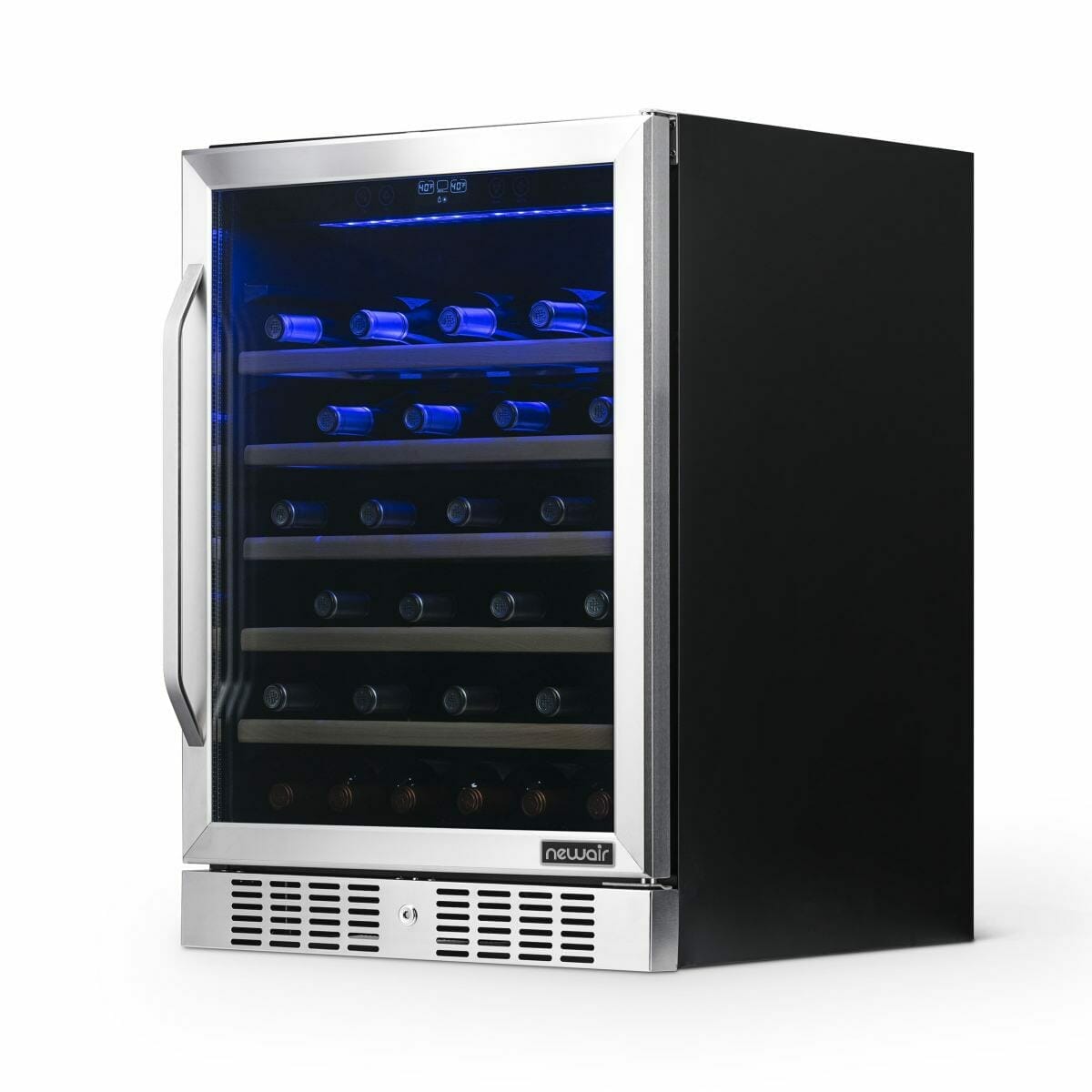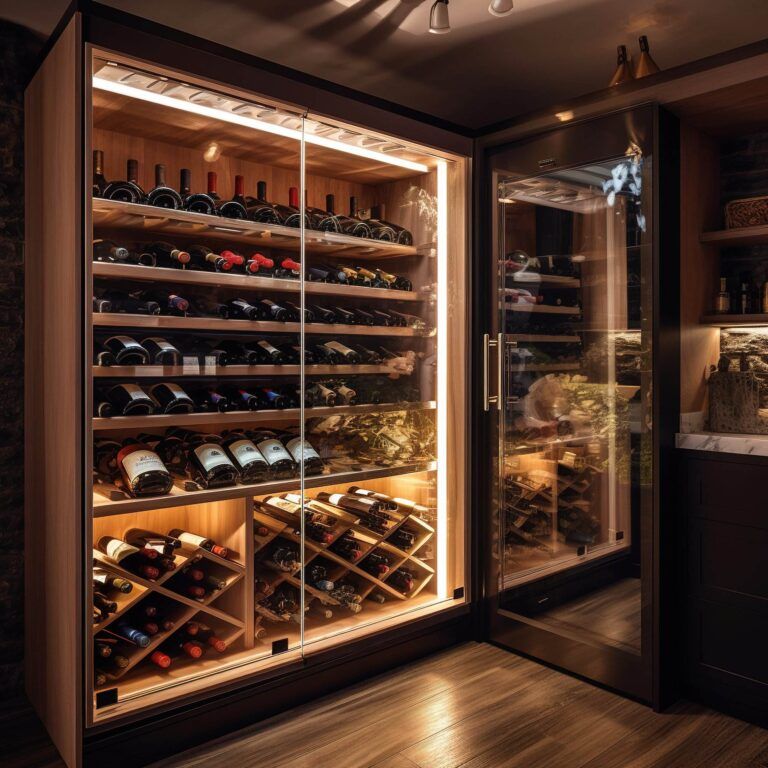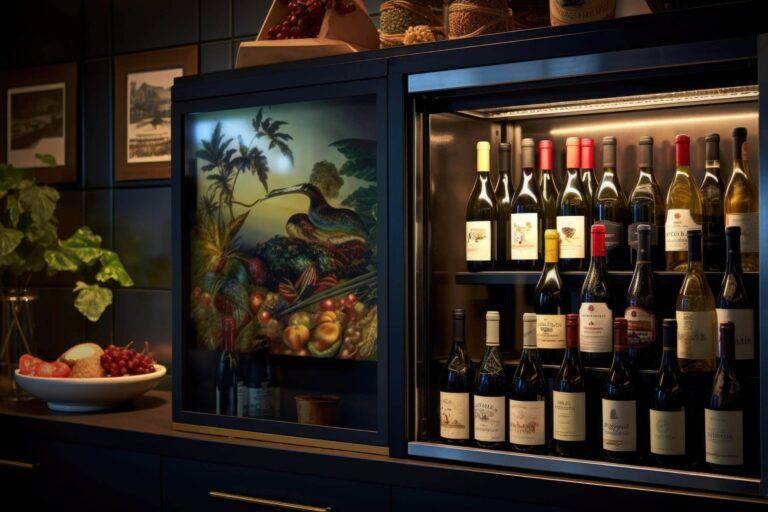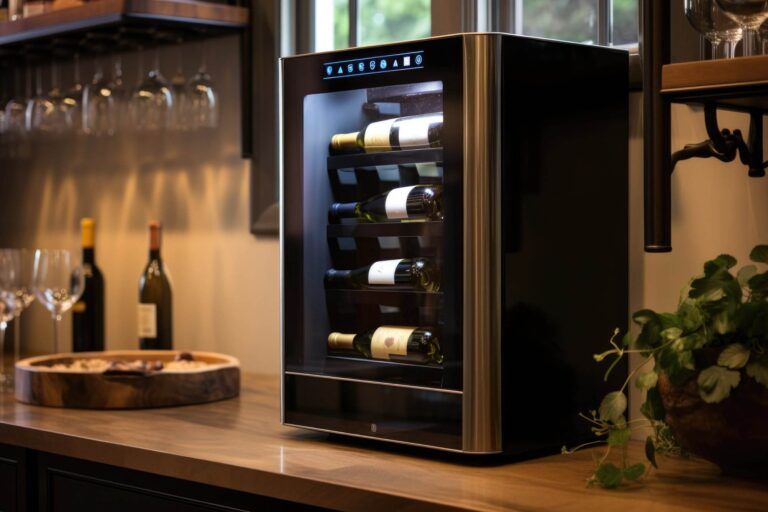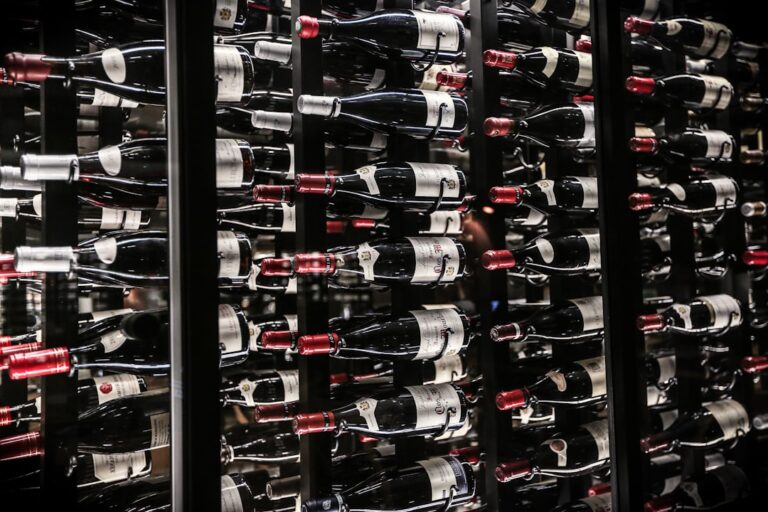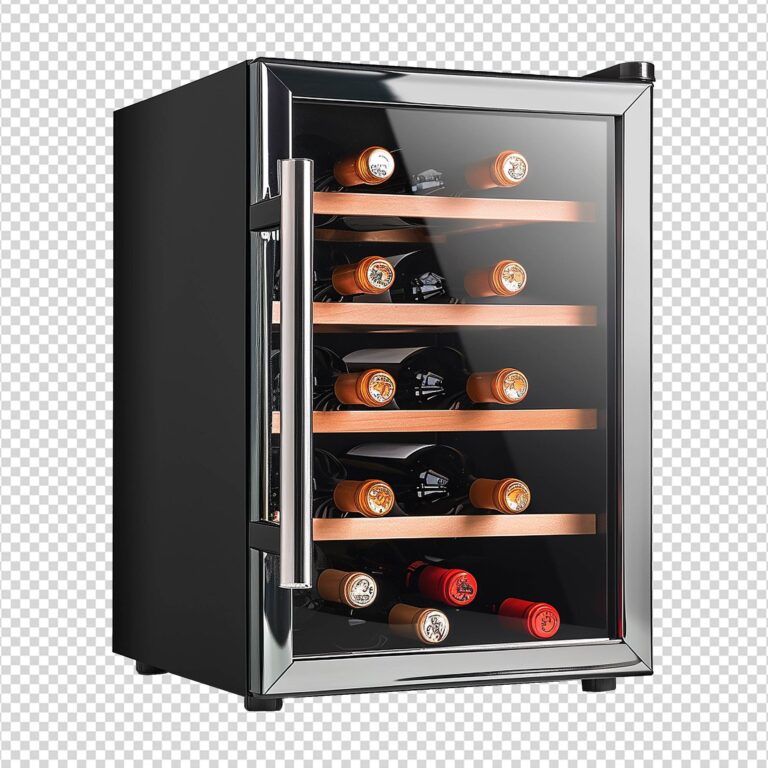Self-Contained Refrigeration Units vs. Built-In Systems for Danville Residences
In the picturesque town of Danville, where the rolling hills meet suburban charm, homeowners are increasingly seeking efficient and stylish refrigeration options to complement their lifestyles. With a growing interest in wine collection and preservation, the demand for specialized refrigeration systems has surged. Whether you are a casual wine enthusiast or a serious collector, understanding the various refrigeration options available can significantly enhance your experience.
This article delves into two primary types of refrigeration systems: self-contained units and built-in systems, providing insights into their features, advantages, and considerations for Danville residents. As the climate in Danville can fluctuate, having a reliable refrigeration system is essential for maintaining the quality of your wine and other perishables. The right choice not only ensures optimal storage conditions but also adds an element of sophistication to your home.
With a variety of options on the market, it is crucial to evaluate the specific needs of your household and the space available for installation. This exploration will guide you through the intricacies of self-contained and built-in refrigeration systems, helping you make an informed decision that aligns with your lifestyle and aesthetic preferences.
Key Takeaways
- Self-contained refrigeration units are standalone appliances that can be easily installed and moved, making them a flexible option for Danville residences.
- Built-in refrigeration systems are integrated into the cabinetry, providing a seamless and custom look for the kitchen.
- Pros of self-contained refrigeration units include easy installation, flexibility, and lower initial cost.
- Cons of self-contained refrigeration units include limited design options and potentially higher long-term energy costs.
- Factors to consider when choosing between self-contained and built-in refrigeration include kitchen layout, design preferences, and long-term energy efficiency.
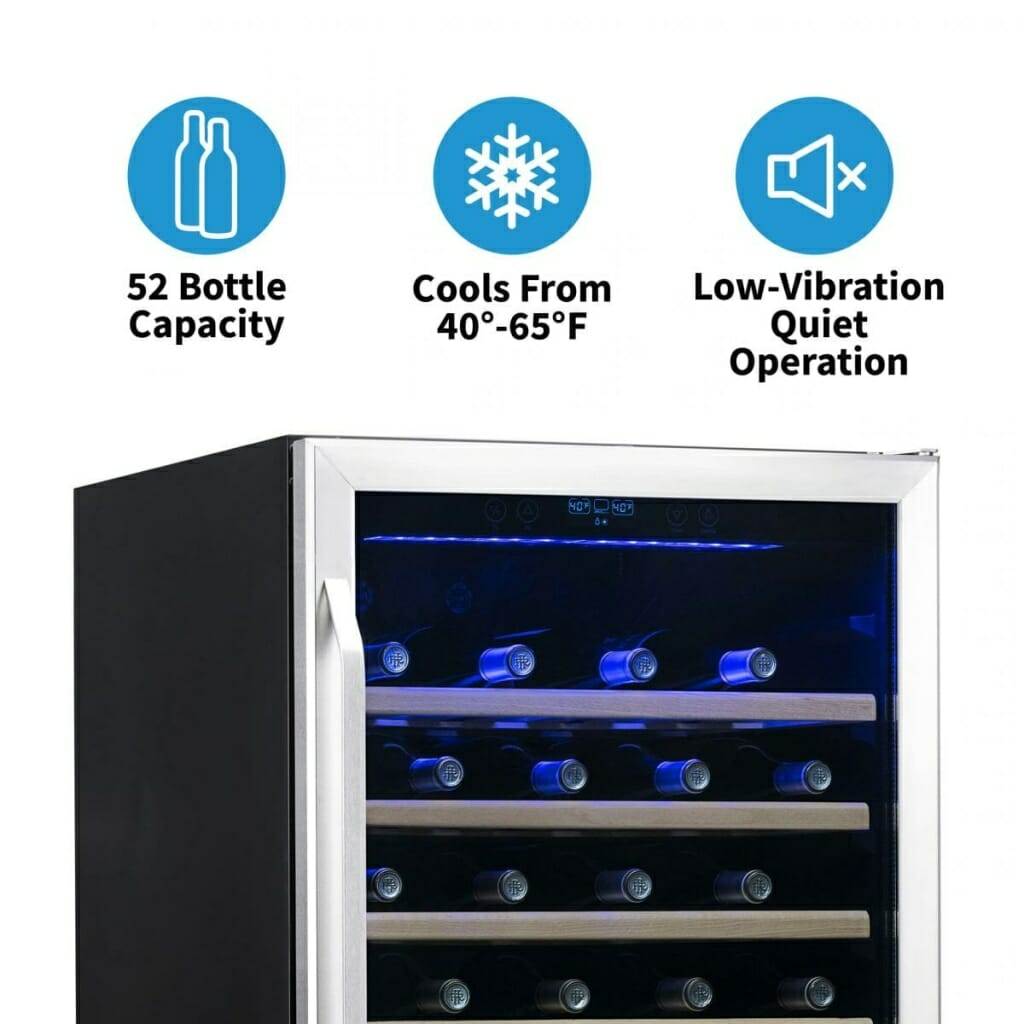
Understanding Self-Contained Refrigeration Units
Self-contained refrigeration units are standalone appliances that offer flexibility and convenience for homeowners. These units are designed to operate independently, meaning they do not require any additional installation or integration into cabinetry. Typically, self-contained units come in various sizes and styles, making them suitable for different spaces, from small apartments to expansive homes.
Their portability allows homeowners to place them in various locations, whether in a kitchen, basement, or dedicated wine room. One of the key features of self-contained refrigeration units is their ease of use. Most models come equipped with user-friendly controls that allow you to set and monitor the temperature with minimal effort.
Additionally, these units often include built-in lighting and adjustable shelving, providing both functionality and aesthetic appeal. For those who appreciate the convenience of having a dedicated space for their wine collection without the need for extensive renovations, self-contained units present an attractive option.
Exploring Built-In Refrigeration Systems
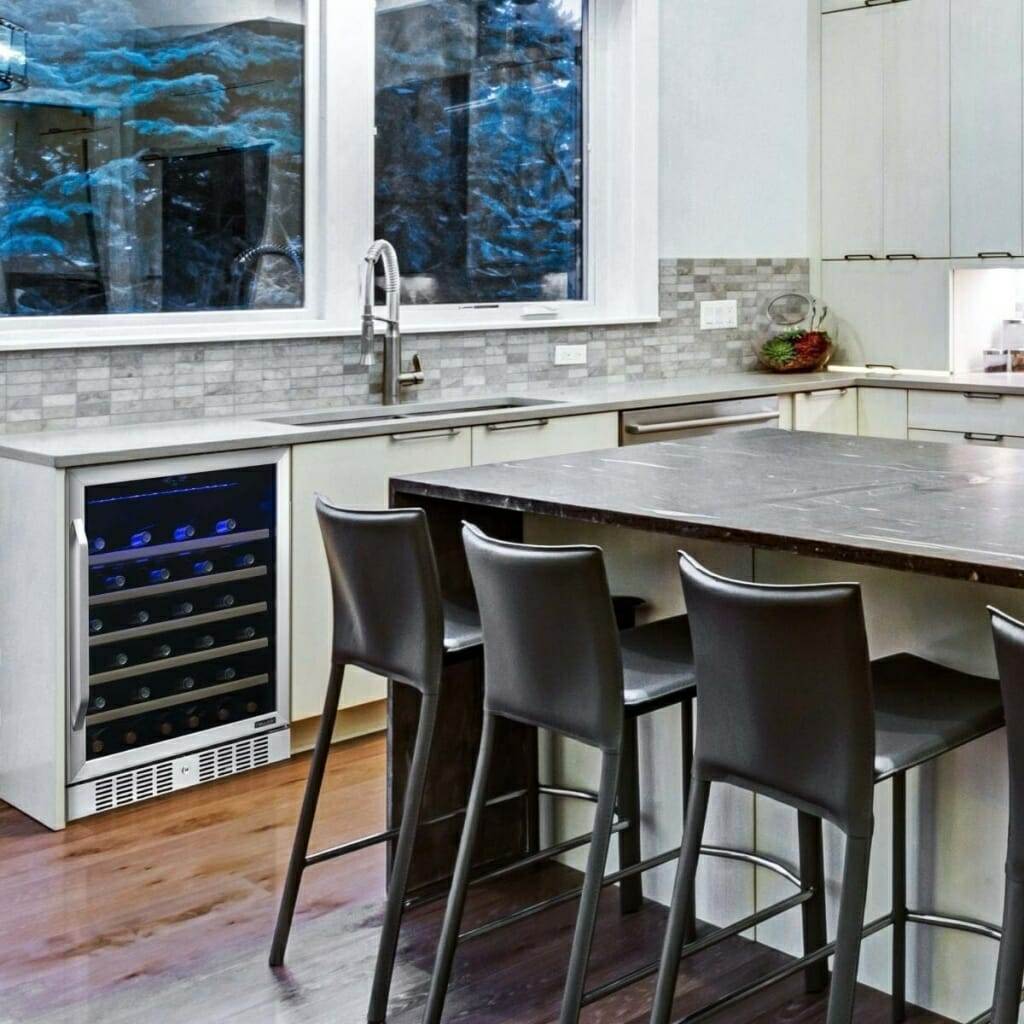
In contrast to self-contained units, built-in refrigeration systems are designed to be integrated seamlessly into cabinetry or wall structures. These systems offer a sleek and polished look, making them an ideal choice for homeowners who prioritize aesthetics alongside functionality. Built-in units are often custom-designed to fit specific spaces, allowing for a cohesive design that enhances the overall ambiance of your home.
Built-in refrigeration systems typically feature advanced technology that ensures precise temperature control and humidity regulation. This is particularly important for wine storage, as fluctuations in temperature can adversely affect the quality of your collection. Many built-in models also come with dual-zone capabilities, allowing you to store different types of wine at their optimal temperatures.
This versatility makes built-in systems a popular choice among serious wine collectors who wish to maintain their collection in pristine condition.
Pros and Cons of Self-Contained Refrigeration Units
Self-contained refrigeration units come with several advantages that make them appealing to many homeowners. One of the most significant benefits is their ease of installation; since they do not require any custom cabinetry or extensive modifications, they can be set up quickly and without hassle. This makes them an excellent option for those who may be renting or who prefer not to commit to permanent changes in their home.
However, self-contained units also have their drawbacks. While they offer flexibility in placement, they may not always blend seamlessly with existing decor. Some homeowners may find that these units take up valuable floor space or disrupt the flow of a room’s design.
Additionally, self-contained models may not provide the same level of temperature precision as built-in systems, which could be a concern for those storing high-value wines.
Pros and Cons of Built-In Refrigeration Systems
Built-in refrigeration systems are celebrated for their aesthetic appeal and seamless integration into home design. One of the primary advantages is their ability to enhance the overall look of a kitchen or wine cellar, creating a sophisticated environment that reflects the homeowner’s style. Furthermore, built-in units often offer superior temperature control and humidity management, ensuring that wines are stored under optimal conditions.
On the downside, built-in systems typically require more upfront investment due to their custom nature and installation requirements. Homeowners may need to engage contractors or designers to ensure proper fit and functionality within their existing cabinetry. Additionally, once installed, these systems are less portable than self-contained units; if you decide to rearrange your space or move homes, relocating a built-in unit can be challenging.
Factors to Consider When Choosing Between Self-Contained and Built-In Refrigeration
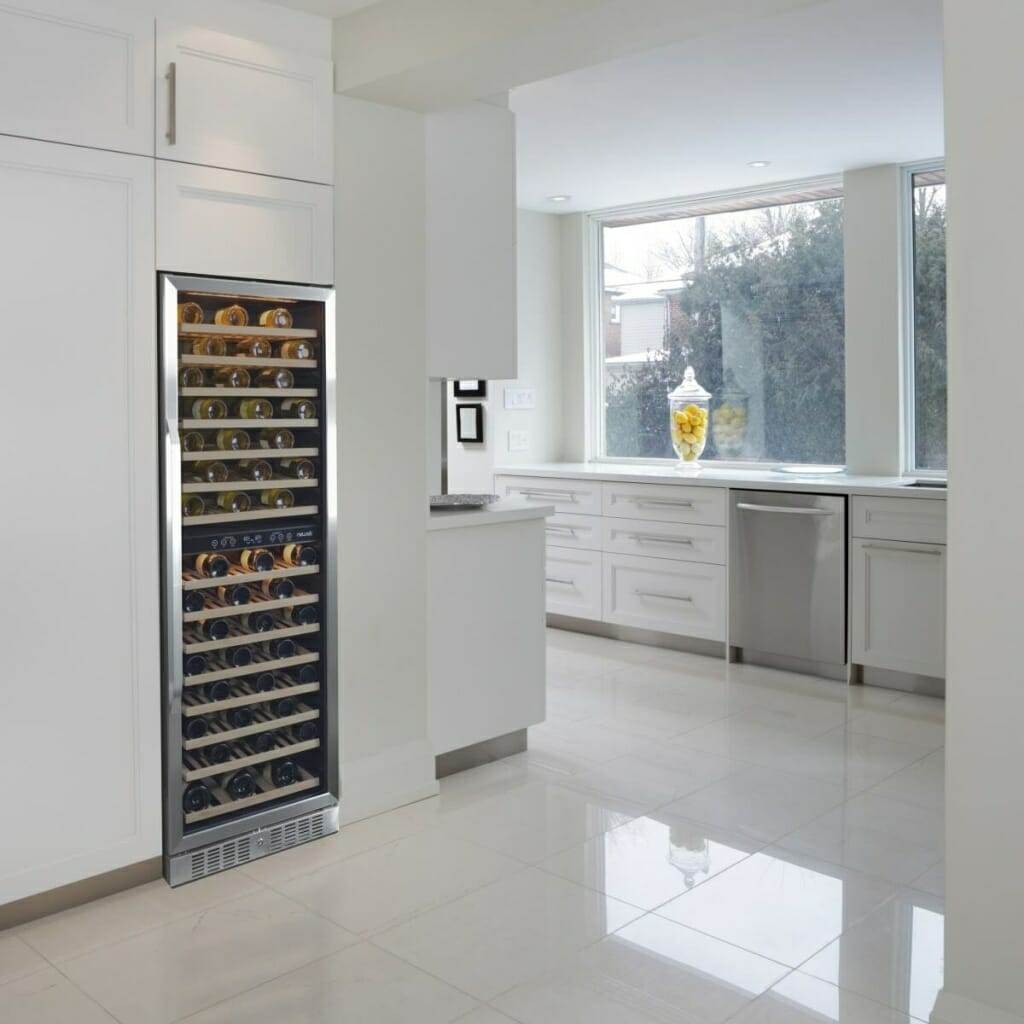
When deciding between self-contained and built-in refrigeration systems, several factors should be taken into account. First and foremost is the available space in your home. If you have limited room or prefer a more flexible solution, a self-contained unit may be the better choice.
Conversely, if you have ample space and desire a polished look that complements your interior design, a built-in system could be more suitable. Another critical consideration is your wine storage needs. If you are an avid collector with a diverse selection of wines requiring specific storage conditions, investing in a built-in system with advanced features may be worthwhile.
However, if you primarily enjoy casual drinking and do not require precise temperature control, a self-contained unit may suffice. Additionally, consider your budget; while built-in systems often come with higher price tags due to customization and installation costs, self-contained units can provide a more economical solution without sacrificing quality.
Cost Comparison of Self-Contained and Built-In Refrigeration Systems
The cost of refrigeration systems can vary significantly based on several factors, including brand, size, features, and installation requirements. Self-contained refrigeration units generally range from affordable options to mid-range models, making them accessible for various budgets. The absence of installation costs further enhances their appeal for homeowners looking for a cost-effective solution.
In contrast, built-in refrigeration systems typically command higher prices due to their custom nature and installation complexities. Homeowners should factor in not only the cost of the unit itself but also potential expenses related to cabinetry modifications or professional installation services. While the initial investment may be higher for built-in systems, many homeowners find value in their long-term benefits—such as improved energy efficiency and enhanced aesthetics—that can ultimately justify the expense.
Making the Right Choice for Your Danville Residence
In conclusion, selecting the right refrigeration system for your Danville residence involves careful consideration of your specific needs and preferences. Both self-contained and built-in refrigeration options offer unique advantages that cater to different lifestyles and design aesthetics. Self-contained units provide flexibility and ease of use, making them ideal for those who prioritize convenience and portability.
On the other hand, built-in systems offer a sophisticated look with advanced features that appeal to serious wine collectors seeking optimal storage conditions. Ultimately, the decision should align with your lifestyle, budget, and design aspirations. By weighing the pros and cons of each option and considering factors such as space availability and wine storage requirements, you can make an informed choice that enhances your home while preserving your cherished wine collection.
Whether you opt for a sleek built-in system or a versatile self-contained unit, investing in quality refrigeration will undoubtedly elevate your living experience in beautiful Danville.
FAQs
What are self-contained refrigeration units?
Self-contained refrigeration units are standalone units that include both the refrigeration system and the cabinet in one package. They are designed to be easily installed and are typically used in smaller spaces or for specific applications.
What are built-in refrigeration systems?
Built-in refrigeration systems are designed to be integrated into cabinetry or a specific space within a residence. They are often custom-designed to fit seamlessly into the overall kitchen design and can be more powerful and larger in capacity compared to self-contained units.
What are the advantages of self-contained refrigeration units?
Self-contained refrigeration units are often more affordable and easier to install compared to built-in systems. They are also more flexible in terms of placement and can be easily moved if needed.
What are the advantages of built-in refrigeration systems?
Built-in refrigeration systems offer a more seamless and integrated look within the kitchen design. They also tend to have larger capacities and more advanced features compared to self-contained units.
Which option is better for Danville residences?
The choice between self-contained refrigeration units and built-in systems depends on the specific needs and preferences of the homeowner. Self-contained units may be more suitable for smaller spaces or for those on a budget, while built-in systems are ideal for those looking for a custom, integrated look with higher capacity and advanced features.

